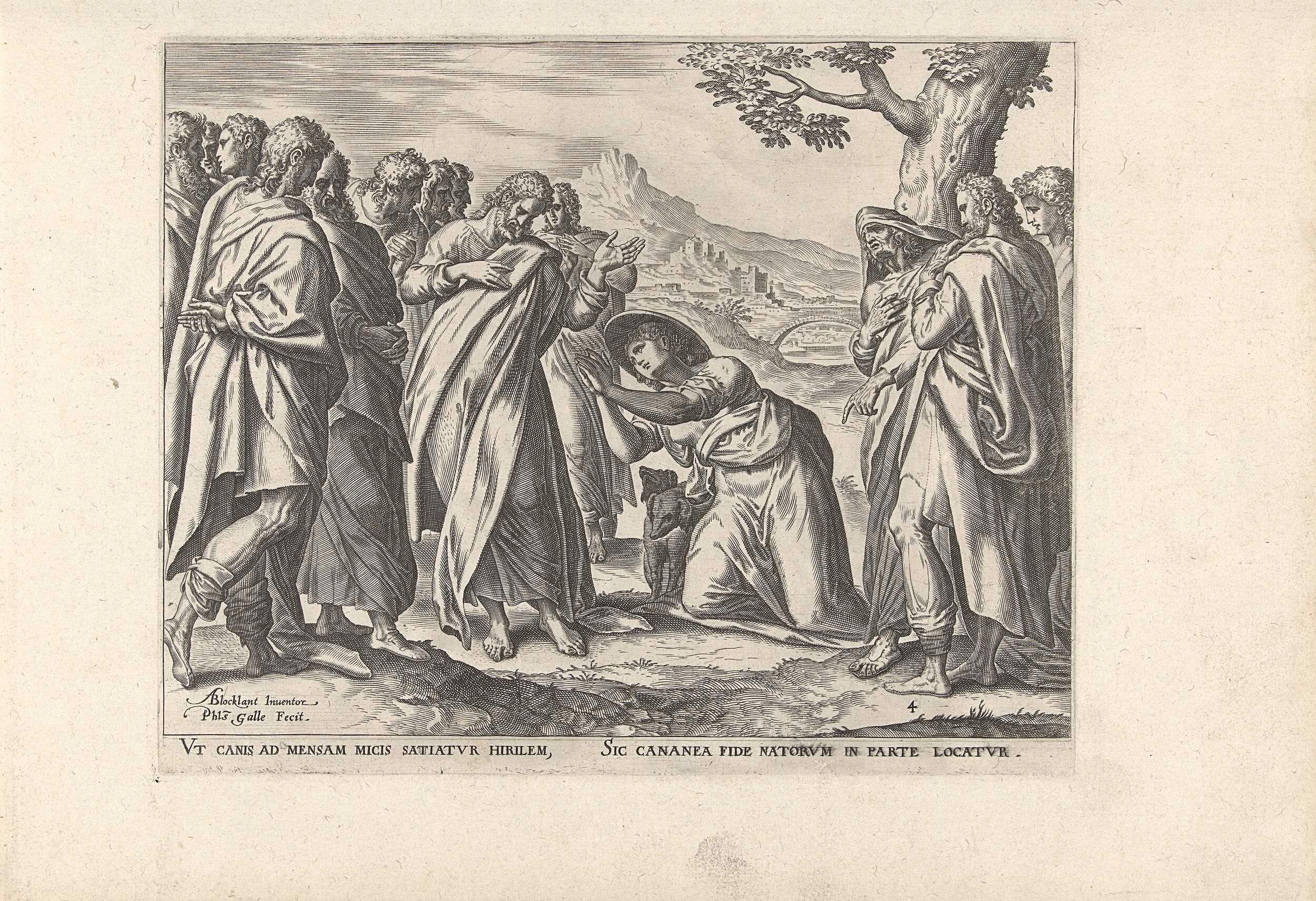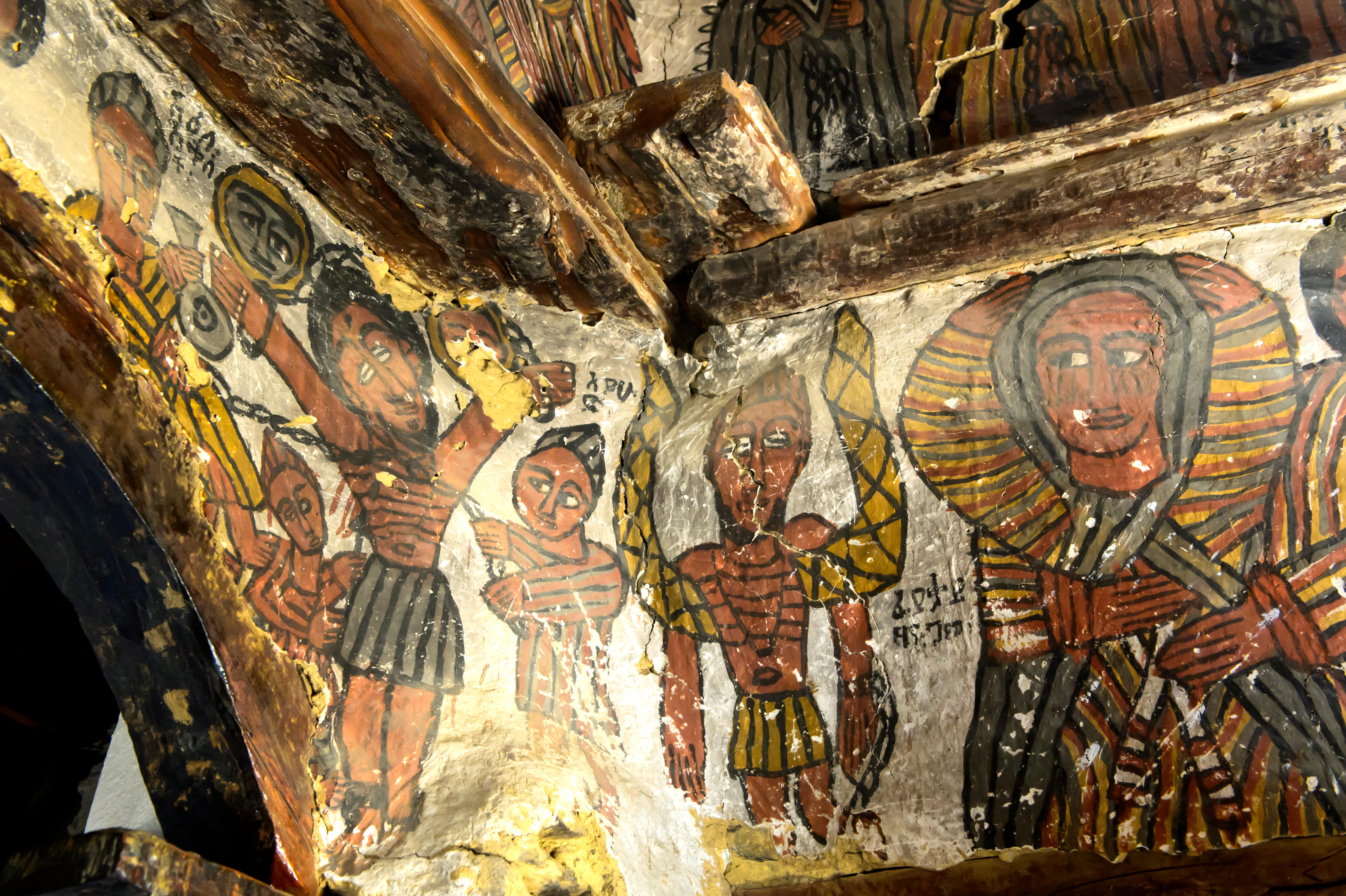Few scriptural texts have been more hotly contested than this one, the so-called Petrine Commission, in which Jesus says, “You are Peter, and upon this rock I will build my Church.” Interestingly, it has been cited both in support and in denial of the papacy’s place in the Church. In the 5 th century, for instance, when Rome, having lost its political eminence to Milan in the West and Constantinople in the East, was no longer the capital of the Empire, Pope Saint Leo the Great (400-461AD) invoked it when he insisted that, because Jesus had singled out one apostle only to exercise the so-called ‘power of the keys’, so only one individual, namely the Bishop of Rome, his successor, could inherit the powers Jesus entrusted to Peter. Again, Innocent III (1161-1216), promulgating the theory of the ‘plenitude of power’, the pope’s unique and unshared jurisdiction, claimed that this text confirmed that the fullness of the Church’s power lies in Peter and his successors.
Most recently, this same text was to the fore when the First Vatican Council in 1870 defined the doctrine of papal infallibility in matters of ‘faith and morals’, proclaiming that the pope is not only the Vicar of Peter, as he had always been called, but that he was also, uniquely, the Vicar of Christ, a title that had been until then used of all bishops, not just the bishop of Rome. From the other direction altogether, this very same passage, which was one of the first that Martin Luther (1483-1546) translated from the Latin Vulgate into German for a sermon on the feast of St Peter and St Paul in 1519, was at the heart of the famous disputation in Leipzig in the same year between him and Johannes Eck (1486-1543).
The inconclusiveness of that debate (in Luther’s opinion, at least) would contribute to his justification for breaking with Rome and repudiating the papacy entirely. Luther contended that the head of the Church can be “none other than Christ”. Subsequently, there would be many other Protestant interpretations of the text, all seeking to deconstruct it and thus debunk and de-throne the papacy. To grasp the significance of this gospel, its textual and historical context is vital. The Petrine Commission is Jesus’ reply to Peter’s confession of faith, which he makes on behalf of all the disciples. In its turn, his confession of faith has to be set alongside his later threefold profession of love for Jesus, to which Jesus’ reply was an injunction to Peter to feed his sheep. But both his confession of faith and his profession of love were preceded by his threefold denial of Jesus.
The late Downside monk, Sebastian Moore (1917-2014), once famously said that, seen together, Peter’s confession of faith, profession of love and his outright denial of Jesus, amount to what he called, “pope-training, Jesus style”. It’s also significant that Peter’s profession of faith would have been instantly recognisable by those who first heard it as both religiously and politically subversive. The setting, remember, is Caesarea Philippi, a small city in a heavily Gentile region of rural upper Galilee, built by Herod’s son, Philip the Tetrarch, in honour of the emperor and, of course, in his own honour. Apart from asserting his own rule, Philip was kow-towing to the imperial cult of the divine Caesar and, to ram loyalty home, he had a temple built to Augustus, standing high above the city on the rocky slopes of Mount Hermon.
So, Peter’s audacious and, in the circumstances, edgily dangerous statement, is saying, in effect, that Jesus, not Caesar, is the anointed one, chosen by God to rule over Israel. The same point would be made when early Christians began to say in their liturgy that ‘Jesus is Lord’, thereby explicitly subverting the assertion, used in the emperor cult, that ‘Caesar is Lord’, that is, divine. All this needs to be borne in mind to grasp the significance of Jesus’ response to Peter’s bold statement in the so-called ‘Petrine Commission’. In effect, his response brings about a new reality, indicated by Simon's new name: from being Simon Bar-Jonah, he now becomes ‘Peter’, a clever play on the word for rock. (‘Peter’ is the original Christian name, coined by Jesus himself.) Interestingly, much early Protestant polemic played on the suggestion that papal power rested on nothing more than a pun. But a change of name to mark a change of life is a commonplace in the bible: think of Abram becoming Abraham or Sara becoming Sarah or Saul becoming Paul, etc. (That’s also why, to this day, popes choose a new name, as, in the past, monks, friars and nuns did.)
So Jesus’ commissioning of Peter effectively sets in train the movement that will result in a new reality, namely, the Church, the Body of Christ on earth. While the kings of this world build a temple to themselves on the rocky slopes of Mount Hermon, Jesus builds a new people, the People of God, on the rock of his apostle. And it involves another, extraordinary contrast: the Petrine Commission to feed the sheep ushers in an entirely new notion of authority: authority of service rather than the exercise of power. That’s why the most ancient title for the popes, first used by Pope St Gregory the Great (c540-604), is Servus servorum Dei: servant of the servants of God. Of course, it goes without saying that these high ideals have rarely been realised in real life; which makes it all the more remarkable, as well as necessary, that this first mention of the Church in the gospels includes an assertion that the ‘gates of hell’ will never prevail against it.
It's true that, in the past, that assurance has often been interpreted triumphalistically, especially across the postreformation denominational divide. But it is an assertion of the triumph of grace, the gift of divine life and love, which the Church, the Body of Christ, exists to impart, most explicitly, in and through the sacraments. It is, in other words, the promise that Christ’s redemptive work can never be undone. It is and always has been obvious that the Church is and always will be a church of saints and sinners. But despite the manifest failings and lapses from grace of its human members, even the Church’s staunchest critics have detected in its continuing existence something that exceeds human understanding. The following long passage was written, not by a triumphalist Ultramontane Catholic, but by a staunch Protestant critic, the Whig historian, Thomas Babington, Lord Macaulay (1800-59), Fellow of Trinity, in an essay written in 1840, reviewing Leopold von Ranke’s (1795- 1886) monumental history of the papacy in the 16th and 17th centuries. (Von Ranke) was himself also a Protestant.
There is not and there never was on this earth an Institution so well deserving of examination as the Roman Catholic Church. The history of that Church joins together the two great ages of human civilisation. No other institution is left standing which carries the mind back to the times when the smoke of sacrifice rose from the Pantheon and when camels, leopards and tigers bounded in the Flavian amphitheatre. The proudest royal houses are but of yesterday when compared with the line of the Supreme Pontiffs. That line we trace back in an unbroken series from the Pope who crowned Napoleon in the 19th century to the Pope who crowned Pepin in the 8th; and far beyond the line of Pepin, this august dynasty extends till it is lost in the twilight of fable. The republic of Venice came next in antiquity and the republic of Venice is no more; but the republic of Venice was modern, when compared with the Papacy; and the Papacy, not the republic of Venice, remains. What’s more, the Papacy remains, not in decay, not a mere antique, but full of life and vigour. The Catholic Church is still sending forth to the farthest ends of the world missionaries as zealous as those who landed in Kent with Augustine, and still confronting hostile kinds with the same spirit with which she confronted Attila the Hun.
The number of her children is greater than in any former age. Her acquisitions in the New World have more than compensated for what she has lost in the Old. Her spiritual ascendancy extends over the vast countries which lie between the plains of the Missouri and Cape Horn, countries which, a century hence, may not improbably contain a population as large as that which now inhabits Europe…. Nor do we see any sign which indicates that the term of her long life is approaching. She saw the commencement of all the Governments and all the ecclesiastical establishments that now exist in the world; and we feel no assurance that she is not destined to see the end of them all. She was great and respected before the Saxon had set foot in Britain, before the Frank had crossed the Rhine, when Grecian eloquence still flourished in Antioch, when idols were still worshipped in the temple of Mecca. And she may still exist in undiminished vigour, when some traveller from New Zealand shall, in the midst of a vast solitude, take his stand on a broken arch of London Bridge, to sketch the ruins of St Paul’s. 1 Bearing in mind when and by whom these words were written, you can’t but be humbled by St Paul’s observation in the second reading today from his letter to the Romans, that God’s ways are, indeed, truly inscrutable.



 Loading ...
Loading ...
What do you think?
You can post as a subscriber user ...
User comments (0)